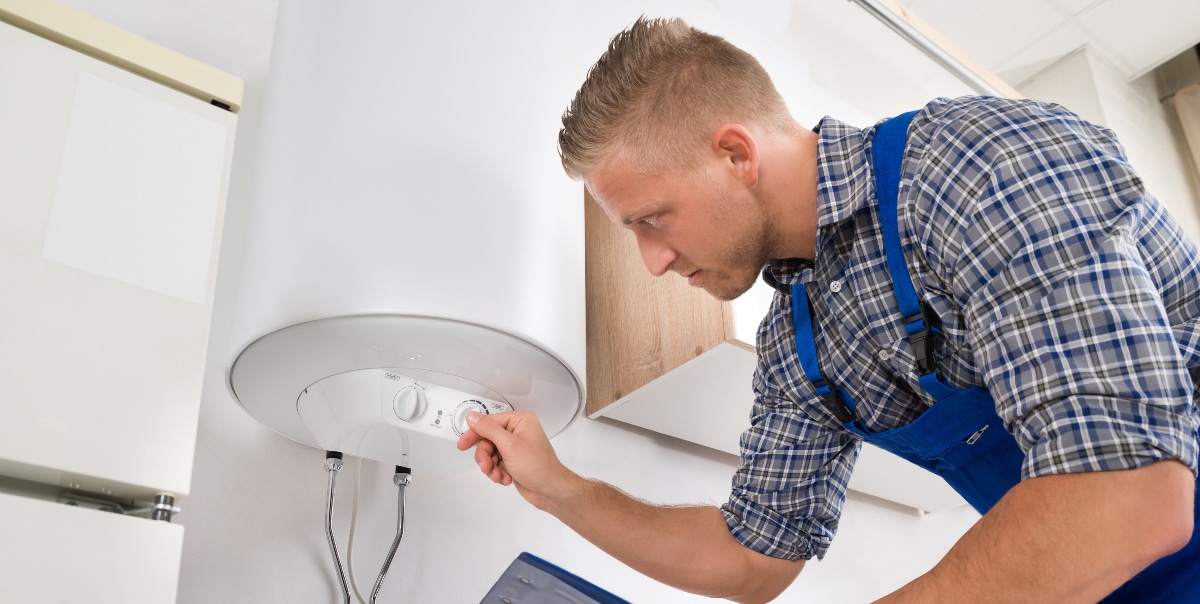Professional Advice for Maintaining Your Home's Hot Water System
Professional Advice for Maintaining Your Home's Hot Water System
Blog Article
Every person may have their own thoughts when it comes to How to Maintain a Hot Water Heater in a Few Simple Steps.

Warm water is essential for daily convenience, whether it's for a revitalizing shower or cleaning meals. To ensure your warm water system runs successfully and lasts much longer, regular maintenance is key. This article gives sensible pointers and insights on exactly how to keep your home's hot water system to avoid disruptions and pricey repair services.
Introduction
Preserving your home's warm water system might seem daunting, yet with a couple of basic actions, you can guarantee it runs smoothly for years ahead. This overview covers whatever from comprehending your warm water system to DIY maintenance ideas and understanding when to contact expert help.
Relevance of Maintaining Your Warm Water System
Routine maintenance not just prolongs the lifespan of your warm water system however additionally ensures it runs effectively. Neglecting upkeep can result in lowered efficiency, greater power expenses, and even early failure of the system.
Indicators Your Hot Water System Demands Maintenance
Knowing when your warm water system requires attention can stop significant issues. Watch out for indicators such as inconsistent water temperature, strange noises from the heating unit, or rustic water.
Comprehending Your Hot Water System
Before diving into upkeep jobs, it's handy to recognize the basic parts of your hot water system. Normally, this consists of the water heater itself, pipes, anode poles, and temperature level controls.
Monthly Upkeep Tasks
Routine month-to-month checks can aid catch small issues prior to they escalate.
Flushing the Water Heater
Flushing your hot water heater gets rid of debris buildup, improving efficiency and extending its life.
Monitoring and Changing Anode Rods
Anode rods avoid rust inside the storage tank. Evaluating and changing them when worn out is vital.
Evaluating and Adjusting Temperature Setups
Readjusting the temperature level setups guarantees ideal performance and safety.
Do It Yourself Tips for Maintenance
You can perform a number of upkeep tasks on your own to maintain your warm water system in leading problem.
Looking for Leakages
Routinely examine pipelines and links for leaks, as these can result in water damage and greater expenses.
Checking Pressure Alleviation Valves
Examining the stress safety valve ensures it functions correctly and avoids too much stress buildup.
Insulating Pipes
Insulating warm water pipes decreases warmth loss and can conserve energy.
When to Call an Expert
While DIY upkeep is valuable, some issues need specialist proficiency.
Complex Problems Requiring Professional Assistance
Examples consist of significant leaks, electric problems, or if your hot water heater is constantly underperforming.
Routine Specialist Maintenance Advantages
Expert upkeep can consist of comprehensive inspections, tune-ups, and guaranteeing compliance with safety and security requirements.
Final thought
Regular upkeep of your home's hot water system is important for effectiveness, long life, and expense savings. By complying with these suggestions and knowing when to seek expert help, you can make sure a dependable supply of hot water without unforeseen disturbances.
How to Maintain an Instant Hot Water Heater
Before tinkering with your hot water heater, make sure that it’s not powered on. You also have to turn off the main circuit breaker and shut off the main gas line to prevent accidents. Also turn off the water valves connected to your unit to prevent water from flowing into and out of the appliance. 2. When you’re done, you have to detach the purge valves’ caps. These look like the letter “T†and are situated on either side of the water valves. Doing so will release any pressure that has accumulated inside the valves while at the same time avoid hot water from shooting out and burning your skin. 3. When the purge valves’ caps are removed, you have to connect your hosing lines to the valves. Your unit should have come with three hoses but if it didn’t, you can purchase these things from any hardware or home repair shops. You can also get them from retail stores that sell water heating systems. Read the user’s manual and follow it to complete this task properly. When the hosing lines are connected, open the purge port’s valves. 4. You should never use harsh chemical cleaners or solutions when cleaning your unit. Make use of white vinegar instead. It should be undiluted and you’ll probably use about 2 gallons. 5. Now flush your water heater. This task should probably take about 40 minutes. We can’t give you specific directions for this because the procedure is carried out depending on the type, model and brand of your heater. With that being said, refer to the user’s manual. 6. When you’re done draining the unit, you have to turn off the purge port valves again. Remove the hosing lines that you earlier installed on each of the water valves. Put the valve caps (purge port) back in their respective places and be very careful so as not to damage the rubber discs that are found inside these caps. 7. Now that everything’s back in place, check your user’s manual again to find out how to reactivate your water heating system. 8. Once it is working, turn one of your hot water faucets on just to let air pass through the heater’s water supply pipes. Leave the tap on until water flows smoothly out of it. https://www.orrplumbing.com/blog/2014/september/how-to-maintain-an-instant-hot-water-heater/

We were guided to that editorial about Water Heater Maintenance Tips You Can't Afford to Forget through a buddy on a different web property. Sharing is caring. You won't know, you may just be helping someone out. Thanks a lot for being here. Revisit us soon.
At This Website Report this page